Windows 10: 10 Features we want to see
With the Windows 10 release date looming, here are the top features we want to see
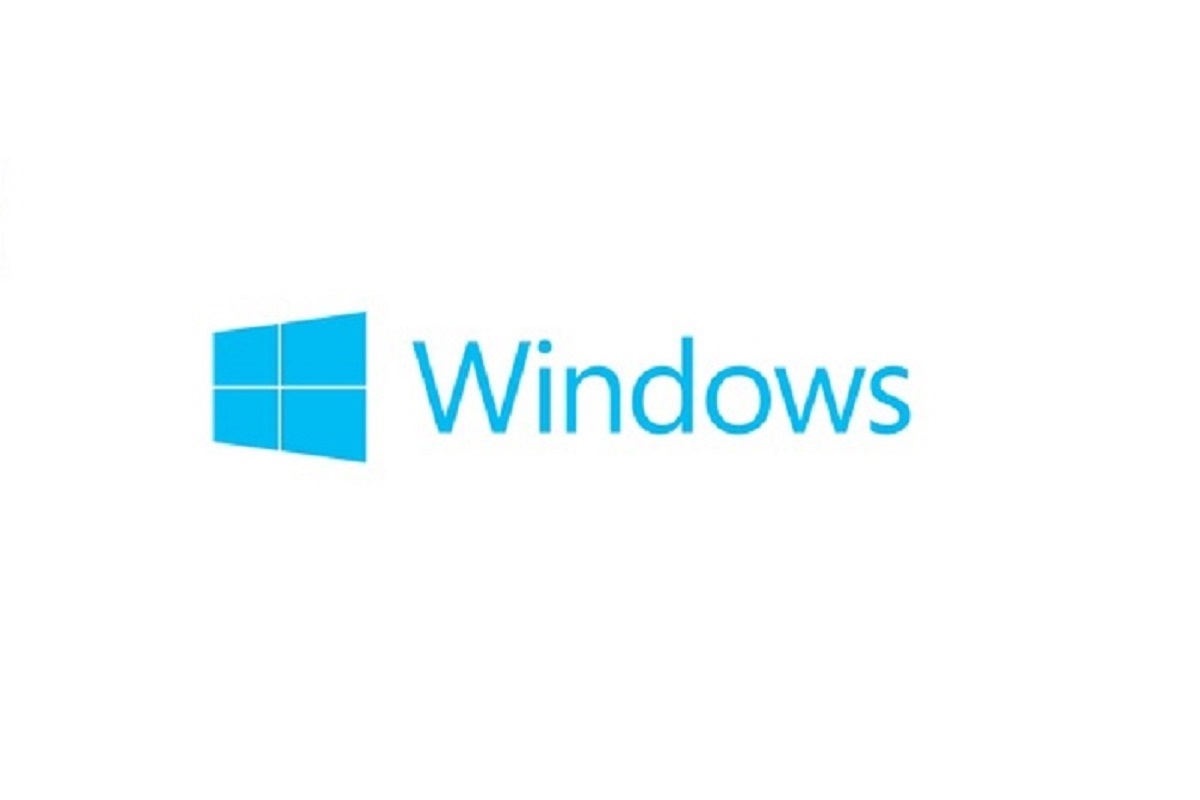

The Windows 10 (previously known as Windows 9) Technical Preview has now been released for laptop and desktop users, with the server version due to follow shortly.
This technical preview is very much aimed at developers to experience before the OS's general release, and is heavily geared towards enterprise customers in terms of its various new and updated features.
Earlier this week, Beta News flagged a page on the Microsoft website with download links to both the 32-bit and 64-bit Windows Technical Preview for Enterprise, so one presumes this will be the place to go to get hold of a copy tomorrow. At the time of writing, the links included on the page were not live.
A statement on the page reads: "The next version of the Windows client operating system will enable IT professionals to provide users with a familiar experience across multiple devices while enhancing security and manageability. It will also offer new and improved features that enable businesses to: Defend against modern security threats, Elevate employee productivity, Embrace the mobile and cloud era, Enable upgrade without upheaval."
Some additional details were revealed, however, and we now know that the next iterations of Windows will be 3.16GB and 4.10GB respectively.
It has also been rumoured that Windows 10 may be available for free to existing Windows 8.1 users in an effort to coax people into upgrading and avoid the ongoing problems Microsoft has had with getting people to move off Windows XP.
However, Microsoft refused to be drawn on how it plans to encourage users to upgrade to Windows 10 during a Q&A at the launch event in San Francisco on 30 September, and kept schtum about how much it could potentially cost.
Get the ITPro daily newsletter
Sign up today and you will receive a free copy of our Future Focus 2025 report - the leading guidance on AI, cybersecurity and other IT challenges as per 700+ senior executives
Windows 8 has had plenty of detractors since it arrived back in 2012, with the unpopular disappearance of the start button and Metro menu view confusing users at best and alienating them at worst.
Microsoft shared some details about the enterprise-friendly features Windows 10 will sport, as it strives to distance itself from the previous OS, which is widely considered to have been a disaster.
At the time of writing, Microsoft was offering a "later in 2015" release date for the operating system, and has promised to shed more light on how consumers will benefit from the new-look Windows at next year's Build conference in April.
On the new Preview programme also launching today, Terry Myerson said: "We have never done this before. We'll be using a variety of tools: like survey tools on features. There'll be forums for insiders and engineering will take part in these. We're going to learn too how to run a programme like this. We're jumping off before we have all the answers."
In light of the new features Microsoft showcased at the event, here's our list of features we were hoping the software giant would include, and what we're most looking forward to in Windows 10.
1. Lower price
Microsoft needs a carrot to dangle in front of consumers and businesses to convince them to invest in Windows 10 machines. The firm might even have to go so far as to offer users the chance to upgrade to the next-iteration of Windows for free.
Reducing the cost of upgrading will help people finally part with Windows XP - the aged operating system that entered end of life in April 2014.
Microsoft's updates have long been priced higher than Apple's, and this is yet another factor deterring consumers from upgrading.
If the rumours that Windows 10 will be offered to Windows 8.1 users for free turn out to be true, then this should encourage many people to upgrade more quickly. Windows 8 users could also be offering the new OS at a discounted price, and those still using XP may be offered additional incentives to switch.
2. Better Battery Life
Intel's 2013 Haswell chips provided a big jump in battery life, which can be seen in the latest crop of Ultrabooks. Windows machines have long been known to burn through battery power quicker than their Mac OS X counterparts.
Ars Technica gave a detailed breakdown of how OS X Mavericks saves power. The system schedules tasks to run in clumps to maximise processor idle time and minimise power consumption. The latest version of Apple's OS was so efficient, it even added an extra 60 minutes of battery life to older hardware which upgraded to this operating system.
Microsoft needs to better implement power-saving features into Windows 10 or risk being left further behind next-gen Mac products.
3. Universal apps
Microsoft has been vocal about wanting to create a more unified experience across PCs, phones, tablets and its other platforms, and Windows 10 indeed looks set to take this concept a step further.
For example, it was announced that Windows apps will run in a traditional-style desktop window on the new OS, rather than taking over the entire screen as had been the case with Windows 8. This gives the apps more of a place for users who wish only to use the desktop.
The idea of universal apps will indeed unify Windows 10 across all of Microsoft's devices, which could in turn make the OS more inviting to developers who had previously opted for iOS and Android instead.
The move could even put Microsoft ahead of Apple, as iOS and Mac OS still requires developers to build separate apps for both.
This was first reported along with Microsoft's fourth quarter 2014 results, when the firm's CEO Satya Nadella announced a renewed focus on devices in general.
He said: "We will streamline the next version of Windows from three operating systems into one single converged operating system for screens of all sizes. We will unify our stores, commerce and developer platforms to drive a more coherent user experience and a broader developer opportunity.
"In the past we had multiple teams working on difference versions of Windows," he added. "Now we have one team with a common architecture. This allows us to scale, create universal Windows Apps."
4. Downplayed Metro UI
The Metro UI has alienated many loyal Windows users and the firm is going to have to work hard to appease them. Windows 8.1 went some way towards making things better with the option to boot straight to desktop.
The option to switch Metro off entirely, for example, would be very welcome for many users. This would mean that when you turn on the desktop-only mode, images should open in Windows Gallery instead of the Metro Preview app.
With Windows 10 mobile devices, it had previously been reported that Microsoft was planning to ditch the desktop entirely, and additional rumours suggested that PCs running the OS may be sold with the Metro view disabled as a default.
Desktop-only mode would let users work in peace and placate some of Microsoft's critics, while allowing the company to keep experimenting with Metro for consumers.
The Charms bar - another unpopular element of Windows 8's redesign - was also rumoured to have been dropped, with the search, share, devices and settings options previously housed there moving to new title bars on modern Windows 10 apps, but that appears not to be the case.
Instead, a different version of the Charms bar will appear as part of the new operating system, though specific details are thin on the ground.
At Microsoft's event, Joe Belfiore said: "The way we're going to evolve this touch UI, I expect the Charms bar to change."
5. Virtual desktops and Task View
OS X and Linux have had virtual desktops for years. They allow you to keep multiple sets of windows open on one computer, to improve productivity when juggling multiple projects.
Microsoft has announced that virtual desktops will indeed be part of Windows 10, allowing users to enjoy multiple desktop displays with individual settings, making it easier to separate work and home activities on the same device.
Another feature aimed at improving productivity is Task View, which has been introduced to show the user which apps are currently running on their system, thus allowing them to more easily organise activity and multi-task more efficiently.
6. The return of the real Start button
It's amazing how so many people can miss such a small feature. Microsoft gave into popular demand when it put a Start button in Windows 8.1, but this just brings you back to the Start screen.
As demonstrated at Microsoft's event, we will indeed see the real start button return with Windows 10, and it is described by Microsoft as an "expanded" version of the Windows 7 start menu "experience" with no necessary learning curve.
Previous reports that the new-look Start Menu would include both the classic layout of previous iterations and a new Metro panel with live tiles for Windows Store apps turned out to be more or less correct. Users can also drag programs between the two columns, depending on whether they want it to display as a live tile or a traditional shortcut.
The search function of the Start menu will now also search the web for results in addition to the contents of the PC or device, and the menu will sport a power button (which had been very confusingly relocated on Windows 8.)
It had been rumoured for some time the Start Button would return with Windows 8.1 Update 2, but it then emerged that the feature would likely be delayed until the full release of Windows 9 (now revealed to be called Windows 10) the following year.
7. Over-the-air system recovery
Microsoft could also make it easier to restore Windows in the event of a malfunction. Mac devices can reinstall OS X by simply downloading files from the internet.
A similar system would make it easier to recover Windows computers, as it is much simpler than digging through BIOS boot settings and trying to find your recovery USB.
Keeping so many system-specific files would be difficult, but it's possible. Microsoft could convince hardware manufacturers to contribute the necessary files so users could recover their systems over-the-air.
8. Better display scaling
Windows has not been able to cope with the high-resolution devices manufacturers have started pumping out. As screen resolutions climb north of 1920 x 1080, programs such as Adobe Premiere and Vegas Pro can be rendered unusable in some cases as icons can appear tiny and pixellated.
Howtogeek put up a useful guide explaining how to change the compatibility settings for troublesome Windows apps in order to make the text readable again, but this shouldn't even be necessary.
Microsoft needs to add better support for Retina-quality displays to make sure the new version of its OS still looks good on devices like the Surface Pro 3.
9. Improved security
Windows is a primary target for viruses, if only by virtue of its dominant market share. Redmond's OS attracts the lion's share of malware, while OS X and Linux aren't as vulnerable.
Microsoft releases regular security patches and has built Microsoft Security Essentials into Windows 8 - but this has been critically panned. In Dennis Publishing tests, it missed 39 per cent of malware thrown at it.
In a blog post detailing the improvements in Windows 10 for business users, Microsoft has highlighted security advancements, claiming that the OS has beefed up "resistance to breach, theft or phishing."
Windows 10 promises to provide additional protection through the use of containers and data separation for application and files. This means that sensitive data inherent to many businesses' use of Windows will be protected even after it is transferred away from the device (such as a tablet, USB drive or the cloud).
We might see things improve with Windows 10 as Intel has rebranded the McAfee software suite and could provide comprehensive protection. But Microsoft has to up its game too.
10. Fixed Windows Update
Updating Windows software has driven many people to the brink of insanity. If ignored for too long, Windows may reboot your PC at the worst moment possible and then you can be trapped in what seems like a never-ending cycle of updating and rebooting.
Refreshing drivers is the same. PC users shouldn't have to dig through a manufacturer's website in 2014, looking for the latest version of a driver for their laptop's graphics card.
Windows 10 thankfully looks to be making moves to rectify these problems with Windows 10, with single click updates rumoured to be introduced. The feature is a part of the Windows 10 Technical Preview, which makes its inclusion in the final operating system likely though not confirmed.
This would finally make Windows updates more efficient and less annoying to apply, thus encouraging users to keep their operating system up to date.
This article was first published on 29/01/14 and has been updated multiple times (most recently on 01/10/14) to reflect new information that has become available since its original publication.
-
 Bigger salaries, more burnout: Is the CISO role in crisis?
Bigger salaries, more burnout: Is the CISO role in crisis?In-depth CISOs are more stressed than ever before – but why is this and what can be done?
By Kate O'Flaherty Published
-
 Cheap cyber crime kits can be bought on the dark web for less than $25
Cheap cyber crime kits can be bought on the dark web for less than $25News Research from NordVPN shows phishing kits are now widely available on the dark web and via messaging apps like Telegram, and are often selling for less than $25.
By Emma Woollacott Published
-
 Recall arrives for Intel and AMD devices after months of controversy
Recall arrives for Intel and AMD devices after months of controversyNews Microsoft's Recall feature is now available in preview for customers using AMD and Intel devices.
By Nicole Kobie Published
-
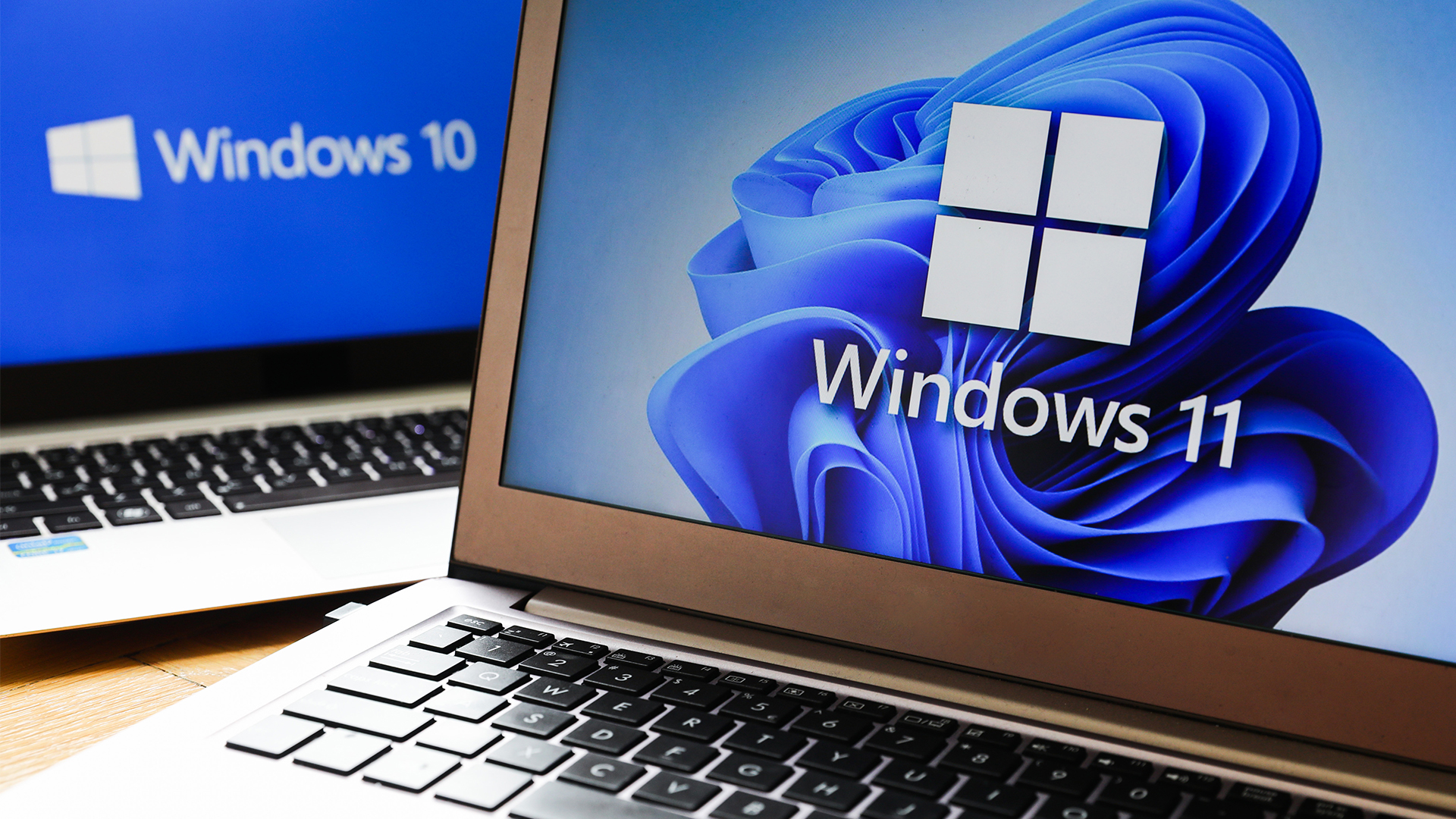 With one year to go until Windows 10 end of life, here’s what businesses should do to prepare
With one year to go until Windows 10 end of life, here’s what businesses should do to prepareNews IT teams need to migrate soon or risk a plethora of security and sustainability issues
By George Fitzmaurice Published
-
 Microsoft is doubling down on Widows Recall, adding new security and privacy features – will this help woo hesitant enterprise users?
Microsoft is doubling down on Widows Recall, adding new security and privacy features – will this help woo hesitant enterprise users?News The controversial AI-powered snapshotting tool can be uninstalled, Microsoft says
By Nicole Kobie Published
-
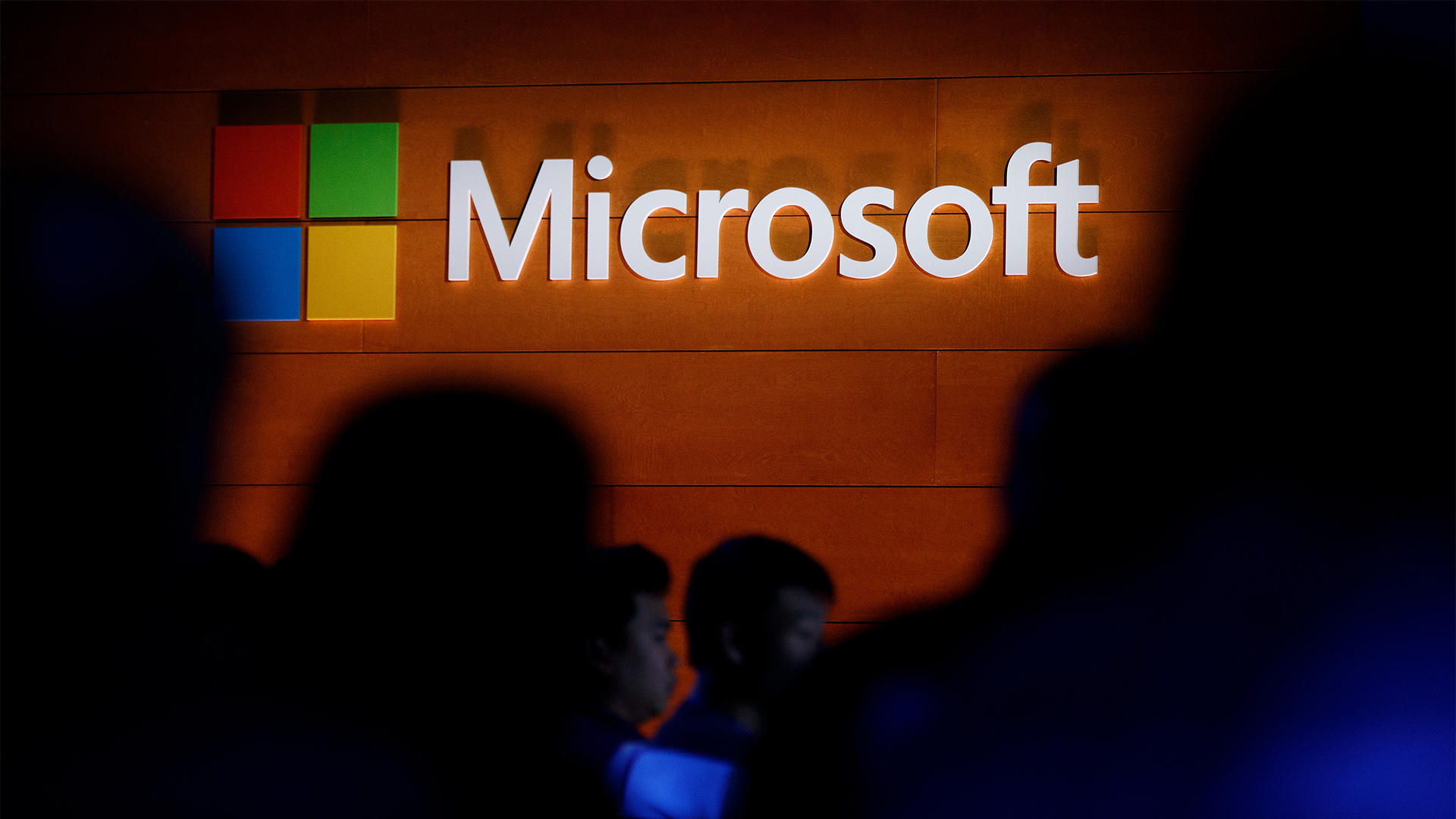 Microsoft patches rollback flaw in Windows 10
Microsoft patches rollback flaw in Windows 10News Patch Tuesday includes protection for a Windows 10 "downgrade" style attack after first being spotted in August
By Nicole Kobie Published
-
 Companies “wary” of Windows 11 migration challenges as Windows 10 EOL draws closer
Companies “wary” of Windows 11 migration challenges as Windows 10 EOL draws closerNews A recent study shows that only a fraction are running Windows 11, despite a rapidly-approaching end of life deadline
By George Fitzmaurice Published
-
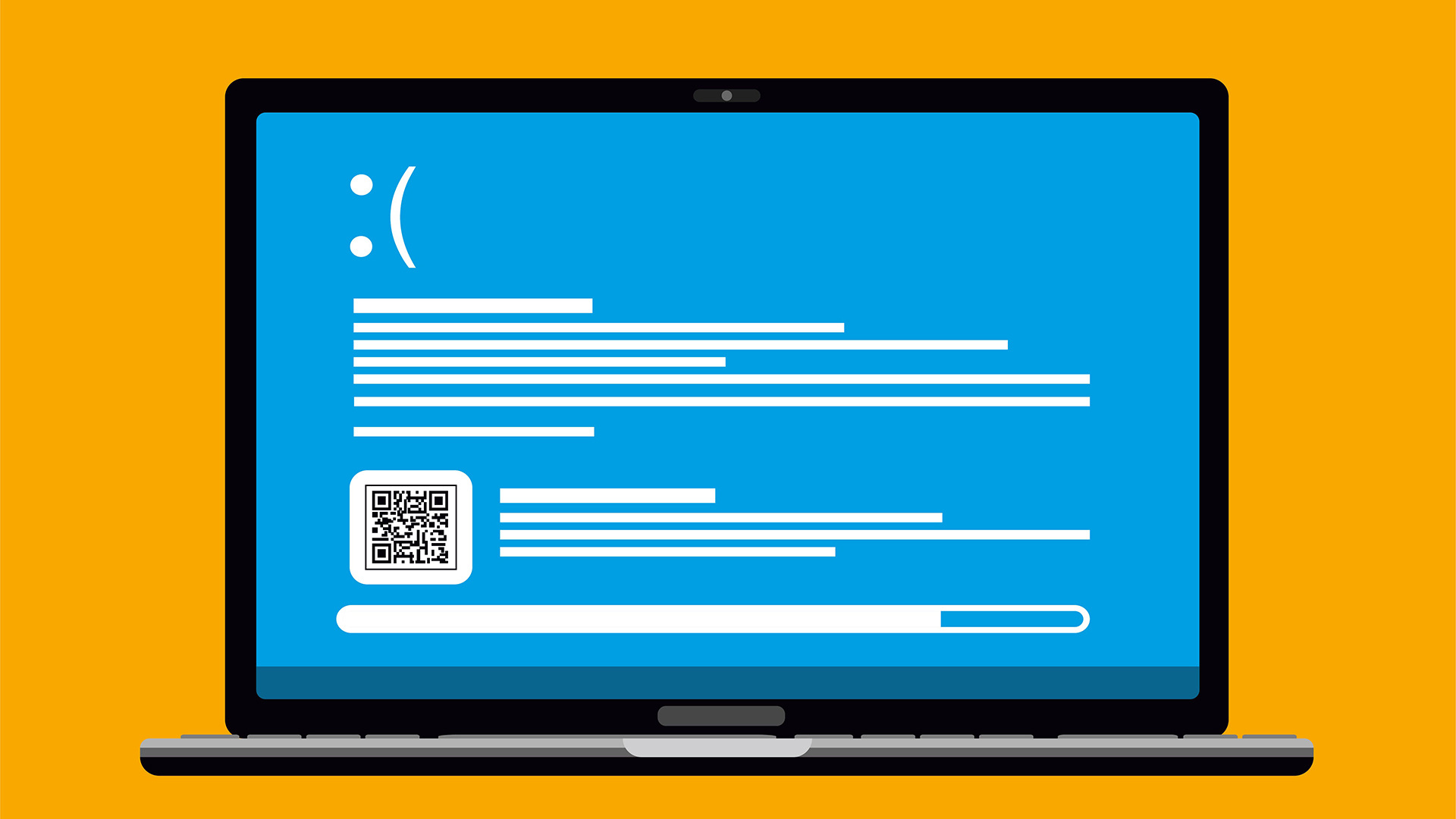 New Windows vulnerability could repeatedly trigger the blue screen of death on millions of devices
New Windows vulnerability could repeatedly trigger the blue screen of death on millions of devicesNews Attackers could exploit the Windows vulnerability to repeatedly crash machines and trigger a blue screen of death, according to researchers at Fortra
By Solomon Klappholz Published
-
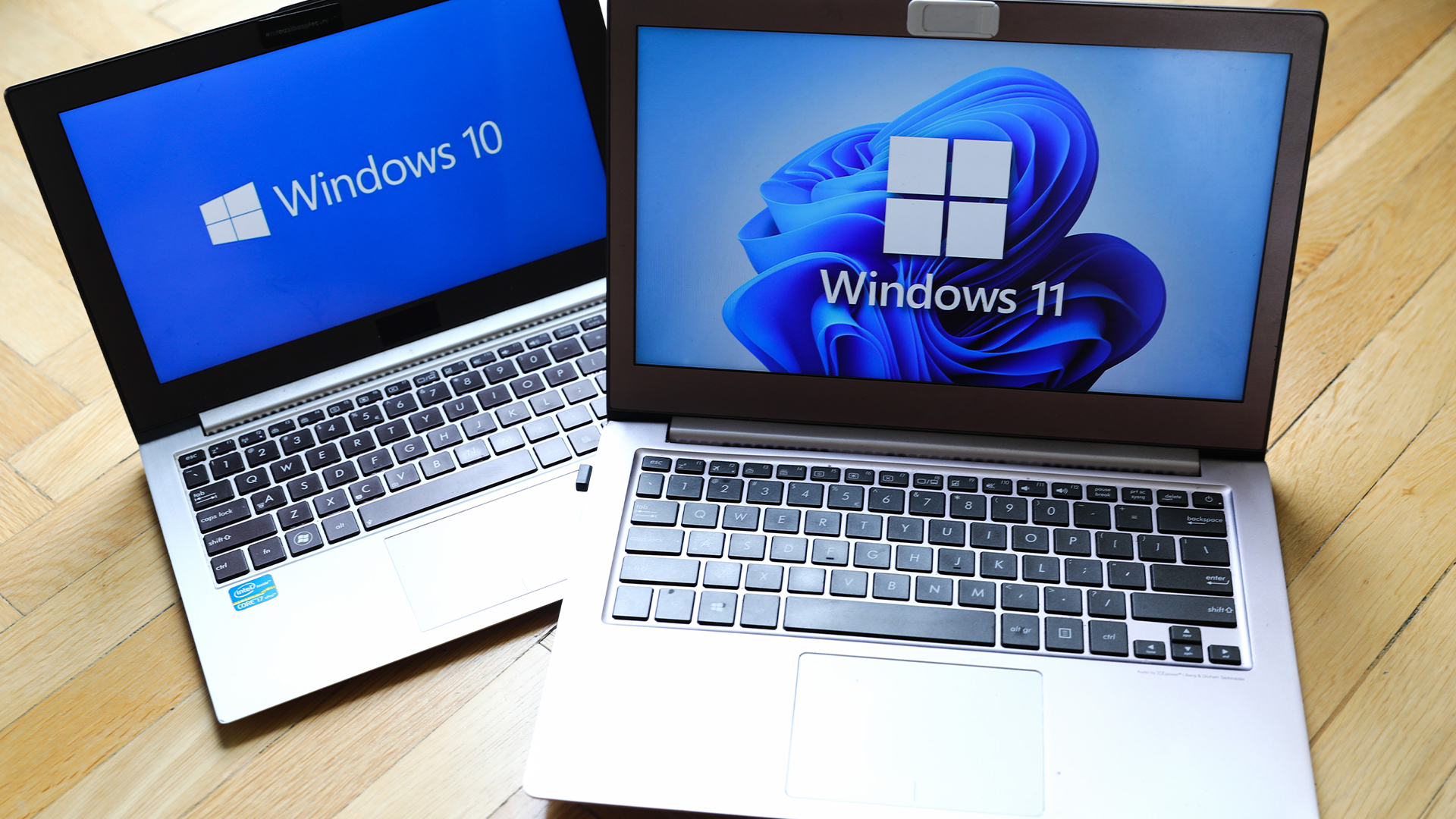 Here’s how much Windows 10 could cost if you don’t upgrade this year
Here’s how much Windows 10 could cost if you don’t upgrade this yearNews Windows 10 extended security updates will cost users dearly, with prices rising incrementally each year.
By George Fitzmaurice Last updated
-
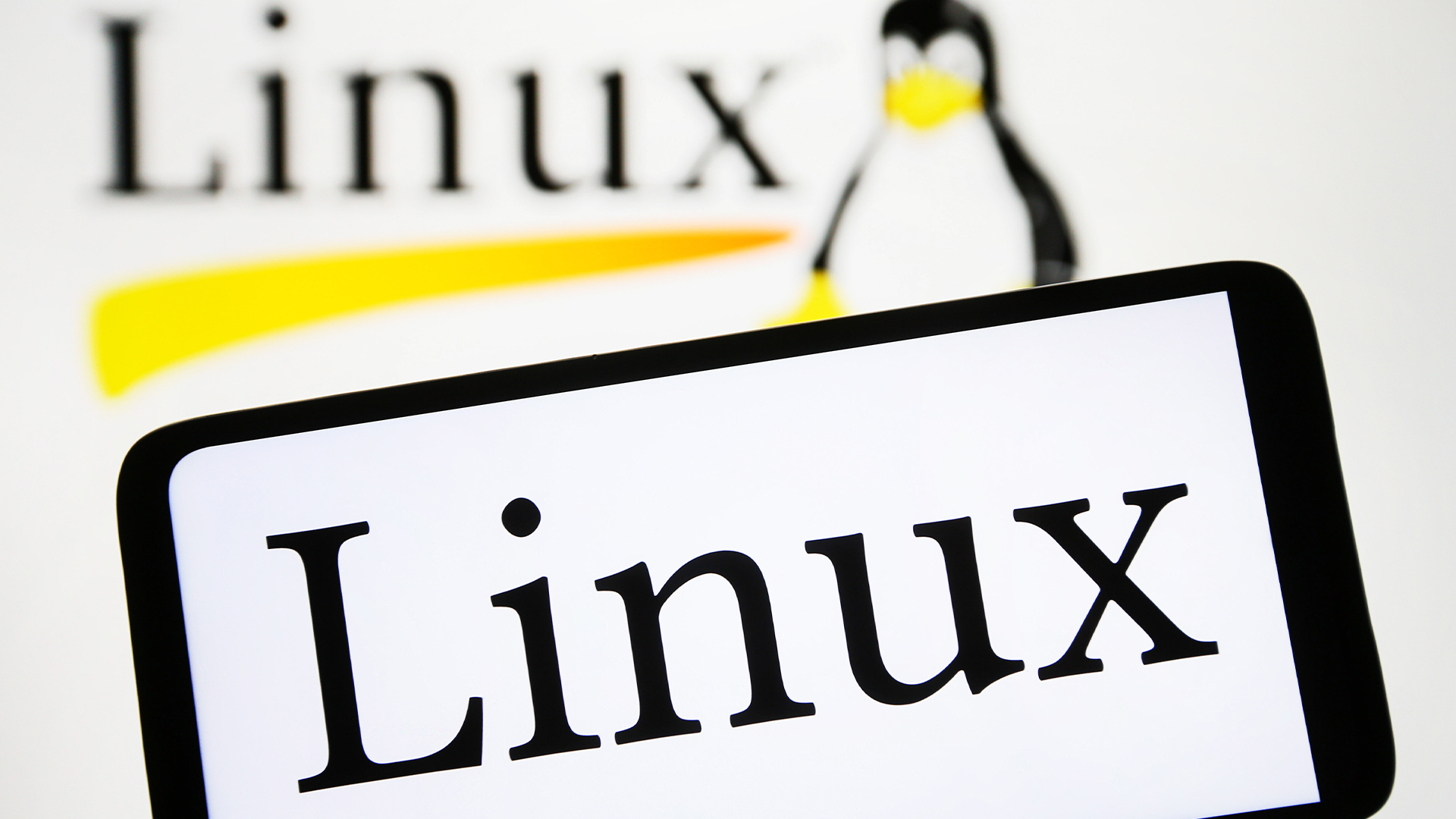 Linux just hit an all-time high share of the global desktop market — and surging popularity in India is driving uptake of the open source operating system
Linux just hit an all-time high share of the global desktop market — and surging popularity in India is driving uptake of the open source operating systemNews Linux is still dwarfed by operating systems such as Windows, but it’s making modest gains off the back of growing popularity in emerging markets
By Steve Ranger Published